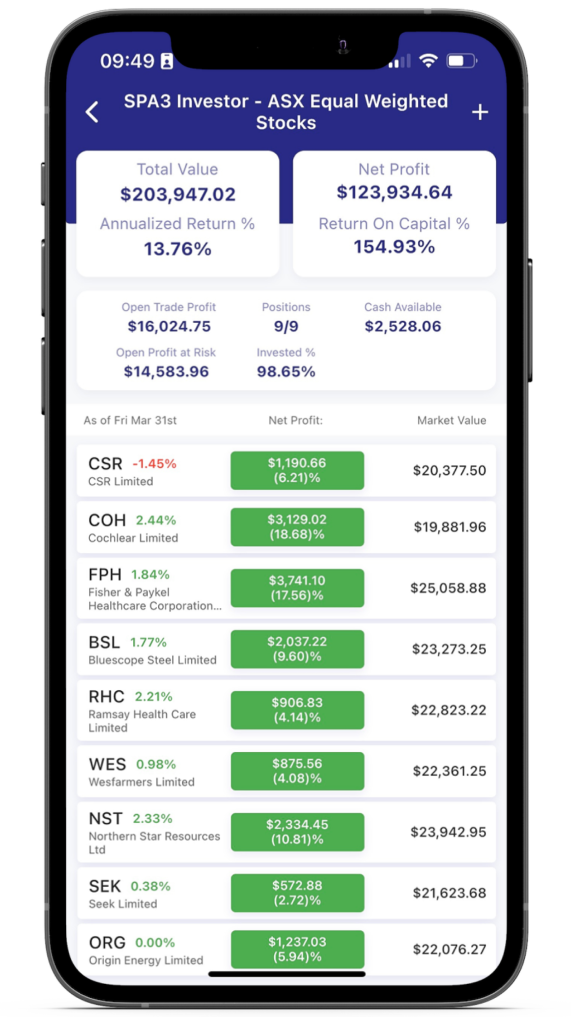


We recently reviewed the progress of our students taking our trading courses and using our verified mechanical trading system.
And our elite trading team reported shocking numbers…
What if a trading system can be replicated to increase profits in your portfolio?
Here are the numbers.
- Generated an impressive $137,983 in real-money profits over 8.2 years as of Feb 2024
- Boasting a 13.05% annualised return that outshines the ASX200 Accumulation index
- 1,000 + satisfied professional traders and elite investors
- New students accessed worth $2,500 PROCESS + MINDSET training bonuses, given away for FREE
- Beyond the core mechanical trading system and training, students received $6,500 worth of additional trading courses
Hi, I’m Gary Stone here. For almost thirty years, I’ve accumulated extensive experience in stock market trading. In 2004, I had the privilege of meeting the legendary Mark Douglas, the renowned trading psychology coach and author of influential books such as “The Disciplined Trader” and “Trading in the Zone.” From then until Mark’s passing in 2015, he personally mentored me, deeply influencing my approach to investing and trading.
As the founder of Share Wealth Systems, I have dedicated my time to developing and refining systematic trading strategies that empower self-directed investors to achieve consistent and profitable growth. Inspired by Mark Douglas’s principles and all the accumulated knowledge I had for 11 years he mentored me, our unique program integrates rigorous research, back-testing, and real-world application to help you become a resilient, confident trader.

FEATURED ON:






While most traders blame emotions like fear and greed for losses, you can be the most resilient one…
A data-driven and peaceful trader poised for consistent gains against any market movement. Be the outlier.
#2
#3
Unlock your 21-Day Free Access
Find out how thousands of professional and veteran traders like you are mastering elite trading skills and overcoming psychological challenges.

